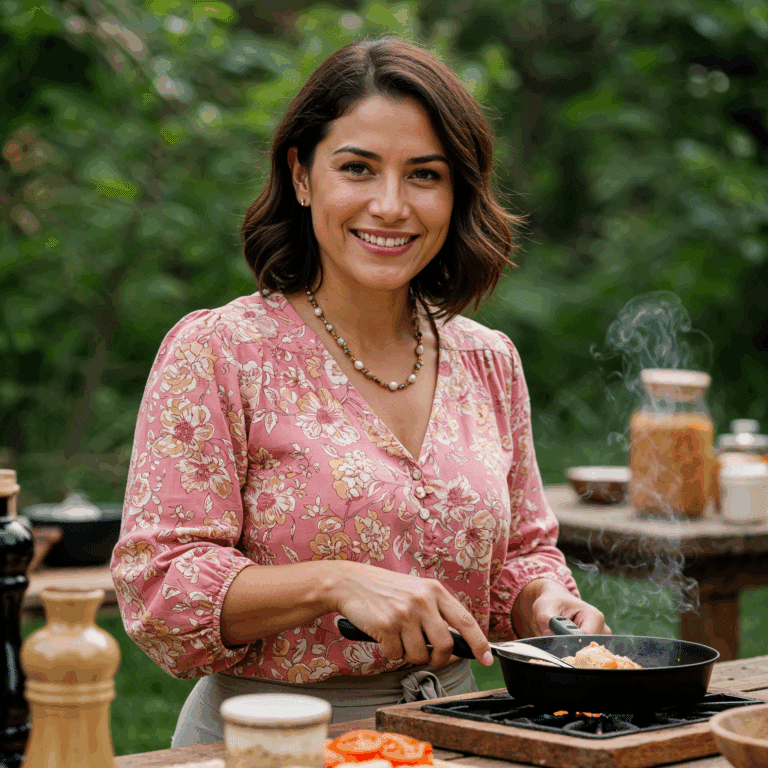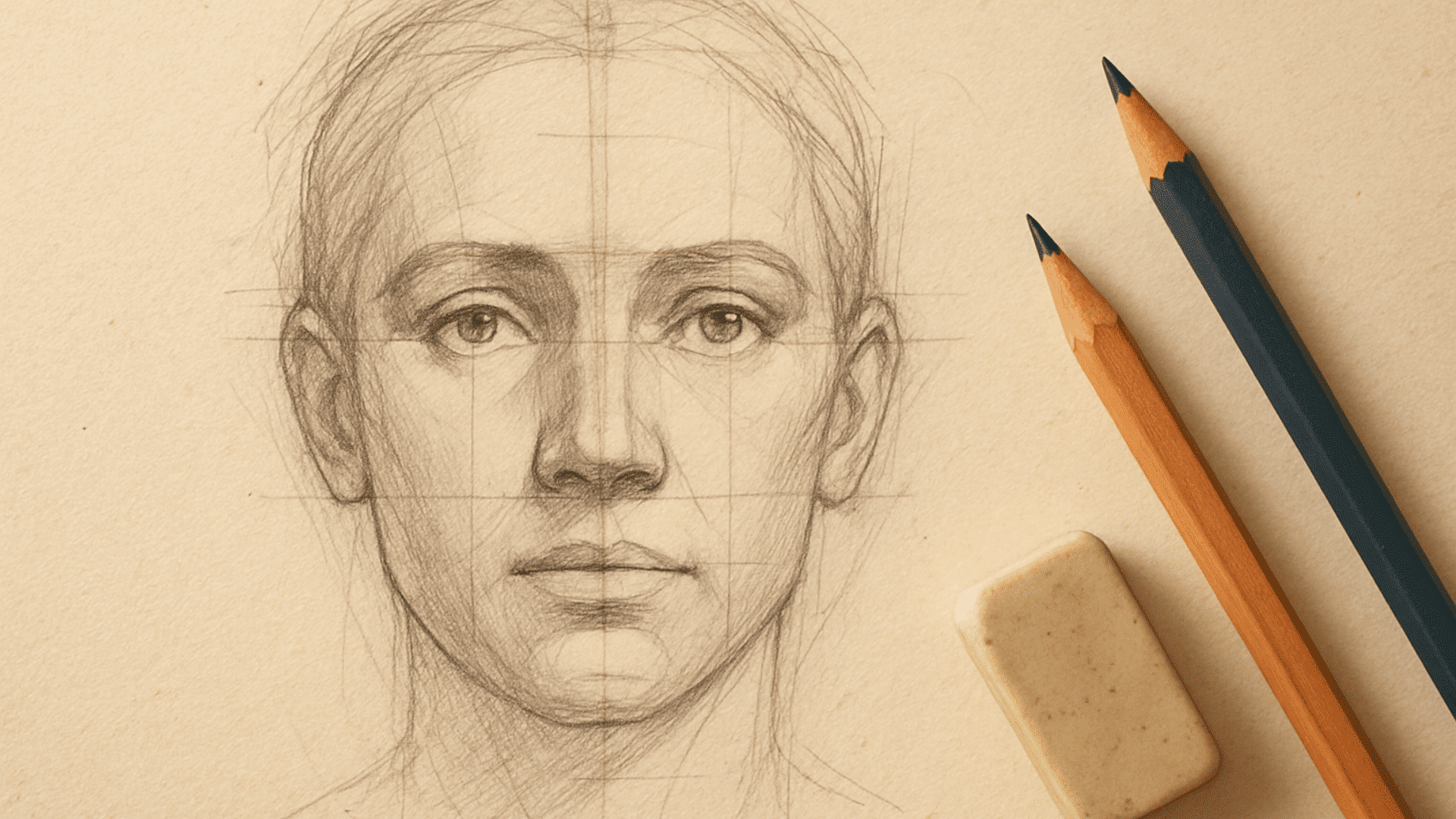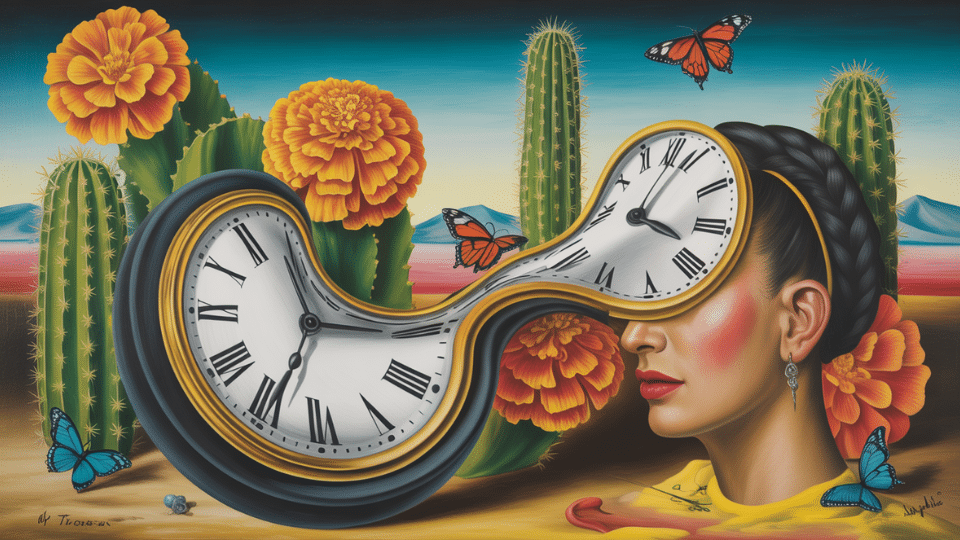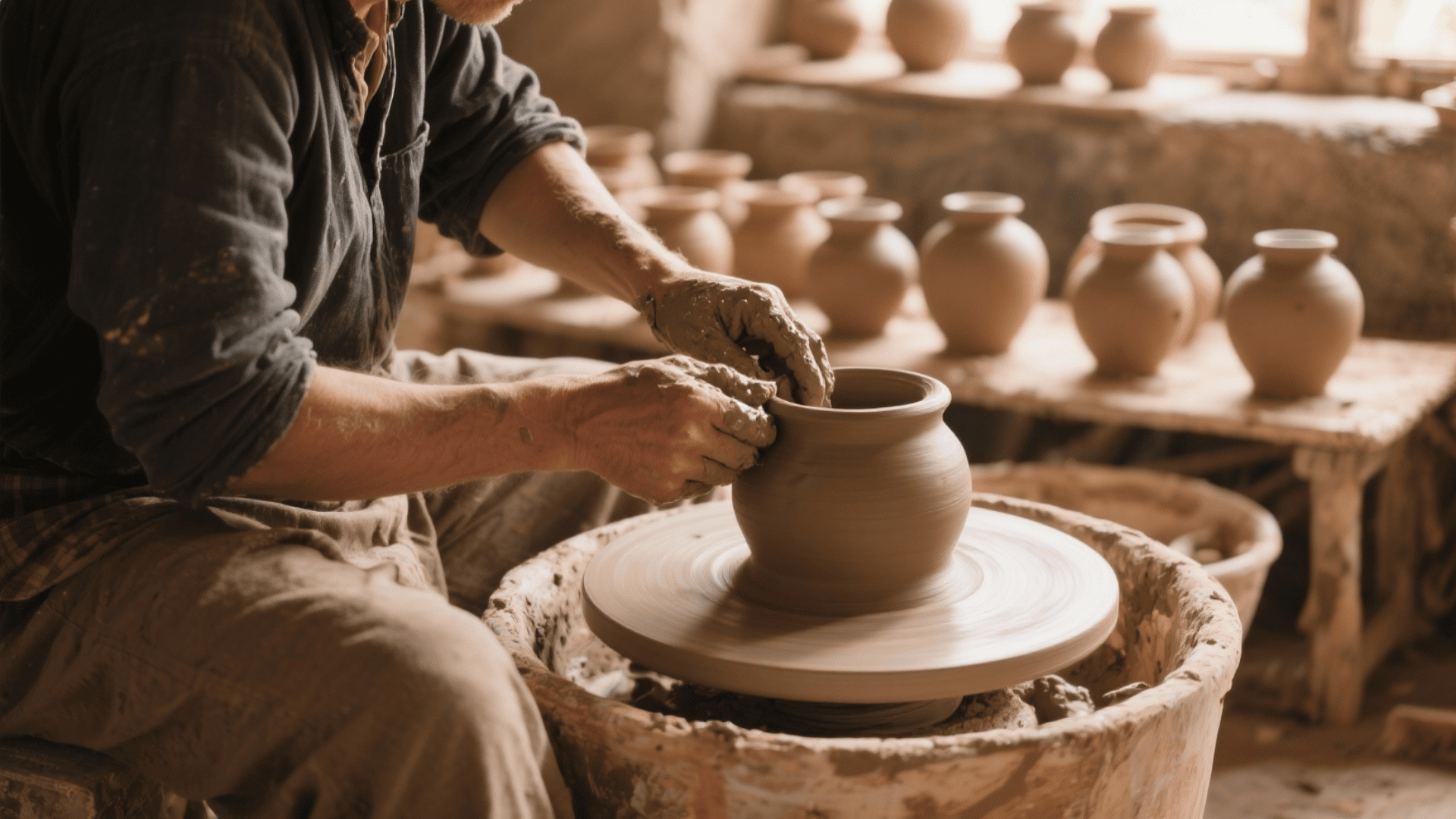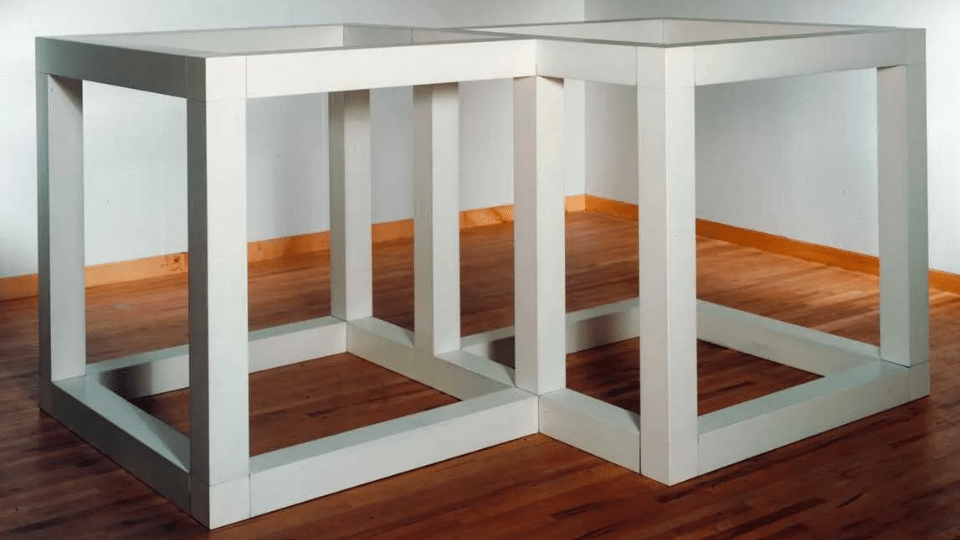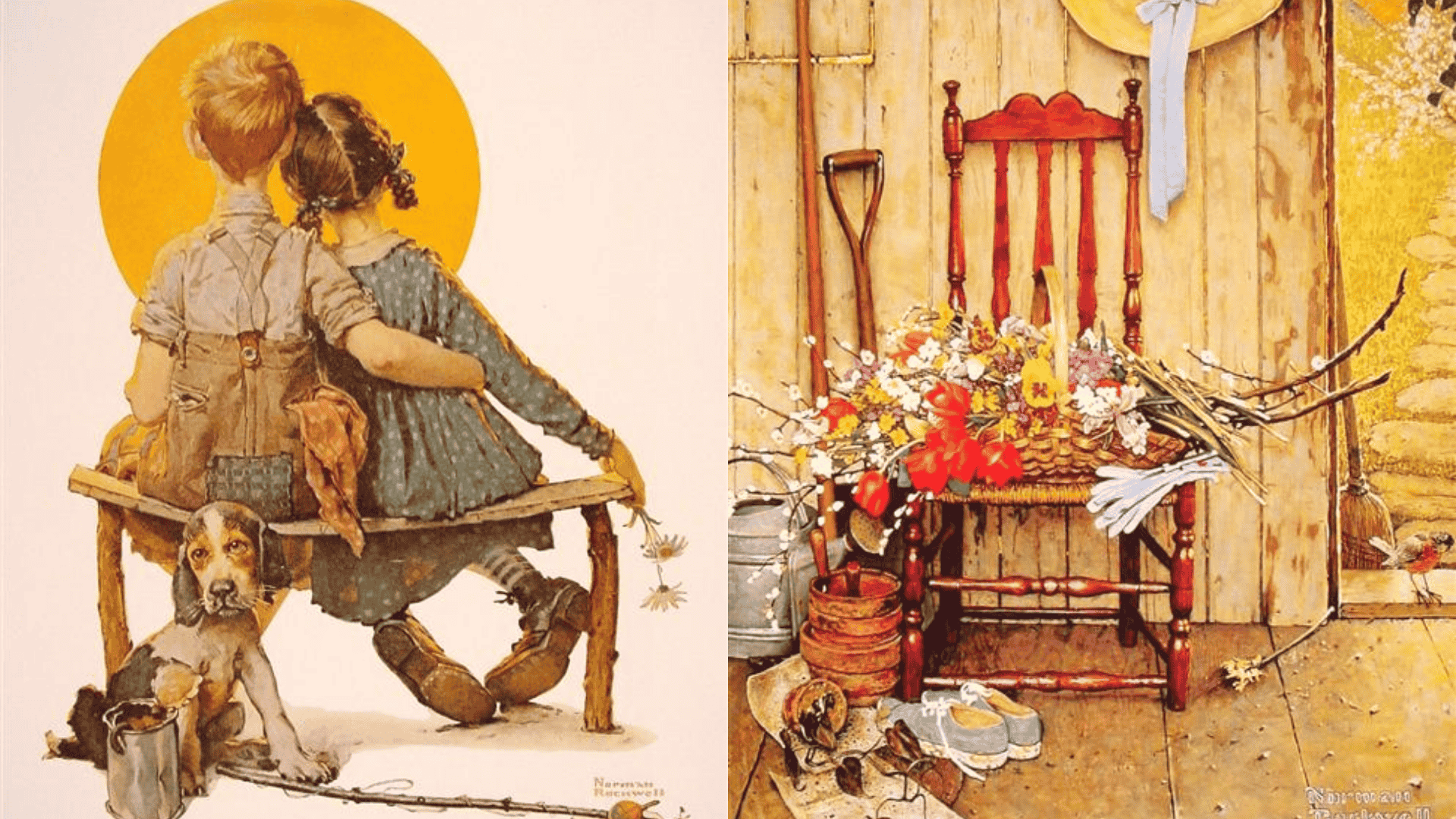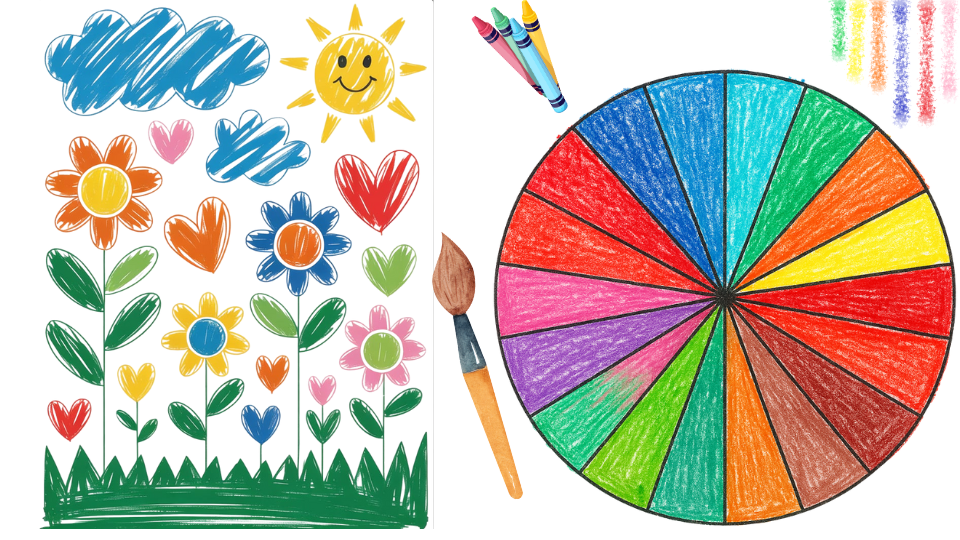Learning how to paint snow might seem tricky at first, but it’s easier than you think! Snow isn’t just white paint on canvas; it’s full of beautiful colors, such as blues, purples, and soft grays, that reflect light and shadows.
If you’re using watercolors, acrylics, or oils, painting snow scenes can create magical winter landscapes that capture the peaceful beauty of a snowy day.
The secret is understanding how snow catches light and creates shadows. With practice, you’ll find that painting snow is about observing subtle colors and textures.
Get ready to turn your blank canvas into a winter wonderland!
Why Painting Snow Feels Tricky at First?
Painting snow might seem easy, but it’s surprisingly challenging once you give it a shot. Here’s what catches many beginners off guard:
- Snow isn’t just white: It reflects the colors of the sky and surroundings.
- Shadows matter: Without tones, snow looks flat and lifeless.
- Capturing softness: Snow’s fluffy texture is hard to show with bold strokes.
- Over-highlighting: Using excessive white space can remove depth.
- Balance of tones: Snow changes with the time of day; sunrise, sunset, or cloudy skies all appear differently
Painting snow takes time and practice, but with every brushstroke, you learn more about light and color. Keep experimenting, and soon your snowy scenes will come alive.
Supplies Required for Painting Snow
Having the right supplies makes all the difference when painting beautiful snow scenes. Here’s everything you need to create stunning winter landscapes with confidence.
| ITEM | PURPOSE |
|---|---|
| Watercolor paper (140 lb recommended) | Holds water without warping |
| Round watercolor brush (medium size) | For wetting paper and painting shapes |
| Smaller detail brush | For painting tree branches and fine details |
| Ultramarine blue paint | Base color for cool snow shadows |
| Burnt sienna paint | To gray down the blue for natural shadows |
| Water container | To clean and wet brushes |
| Paper towel/tissue | To blot excess water or soften edges |
| Masking tape | To create a clean horizon or snow ridge |
With these simple supplies in hand, you’re ready to start your snow painting venture. Remember, quality materials will help you achieve better results and make the painting process more enjoyable.
Step-by-Step Instructions on How to Paint Snow
Follow these step-by-step instructions to learn how to paint snow with realistic light, soft shadows, and natural texture.
Step 1: Sketch the Shapes

Lightly draw simple outlines of snow resting on evergreen branches, plus a gentle slope for the snowy ground. Keep the pencil marks faint so they don’t show through too much paint.
Step 2: Prepare the Paper

Lightly wet the sloping ground area with clean water. The surface should be shiny but not puddled; this helps the paint flow smoothly for soft shadows.
Step 3: Mix Your Shadow Color

Combine ultramarine blue with just a touch of burnt sienna. This softens the blue, creating a natural, cool gray-blue perfect for snow shadows.
Step 4: Add Branch Shadows

Once the main slope is dry, re-wet the small snow patches on the branches. Paint the shadow side of each patch with the same blue-sienna mixture, working quickly so the color blends softly.
Step 5: Deepen with Midtones

Mix phthalo blue with burnt sienna for a slightly darker, greener shade. Use it to paint the darker background areas and to suggest depth between the branches. Overlap the edges of your earlier wash to avoid hard lines.
Step 6: Final Touches

When everything is dry, mask off the top of a snowbank with tape to create a crisp ridge. Add a few dark twigs or grasses poking through the snow to give the sketch character. Step back and enjoy your little winter scene
For an in-depth tutorial, refer to the YouTube video by Grant Fuller
More Winter Painting Ideas to Try
Once you’ve mastered basic snow techniques, expand your winter art skills with these exciting projects:
-
Snowy Trees: Use a fan brush to create pine-shaped branches with quick pressing motions. Add cool blue shadows underneath snow-covered branches to show depth and weight.
-
Winter Skies: Wet your paper first for smooth color blending. Layer warm oranges and cool purples together to capture magical sunrise or sunset glows.
-
Falling Snow: Dip an old toothbrush in white paint and gently flick it across your canvas. Spray water beforehand for softer, more realistic snowflakes.
-
Cozy Cabins: Paint a simple wooden cabin outline surrounded by tall trees. Build up thick white layers on the roof to show heavy snow accumulation.
-
Frozen Water: Start with pale blue washes, then drag a flat brush lightly across for icy, reflective streaks.
Each technique builds on your snow painting foundation, helping you create complete winter wonderlands that tell a story.
Common Mistakes to Avoid
Even beginners can stumble when painting snow scenes, but recognizing these common pitfalls helps create more realistic winter paintings. Simple awareness makes these issues easy to fix and avoid.
- Using only white: Snow reflects its surroundings, so mixing in blues, purples, or even warm tones adds realism.
- Forgetting shadows: Without shadows, snow looks flat and lifeless.
- Over-blending strokes: Too much blending removes the fluffy, soft texture snow should have.
- Ignoring light direction: If the light source isn’t clear, the snow won’t look natural.
- Excessive highlights: Overusing pure white can flatten details instead of making them shine.
Avoiding these mistakes makes snow paintings look more professional and three-dimensional. The key to great snow scenes is observing how light and color work together in winter landscapes.
Conclusion
Learning how to paint snow is an exciting venture that gets easier with practice. Remember, snow isn’t just white, it’s full of beautiful blues, purples, and soft grays that make your paintings come alive.
Begin with basic techniques, such as mixing colors for shadows and using various brushes to create texture.
Don’t worry if your first attempts don’t look perfect; even professional artists had to practice! The most important thing is to have fun and keep experimenting with different methods.
Every snowy painting you create teaches you something new about capturing winter’s magic on canvas. Ready to create your masterpiece?
Grab your brushes and start painting your winter wonderland today!



